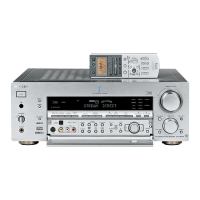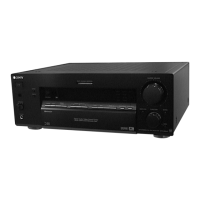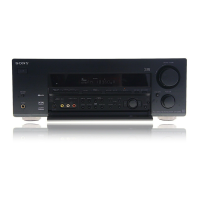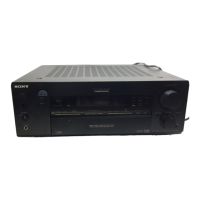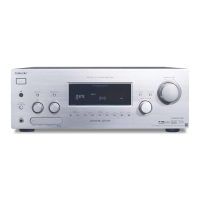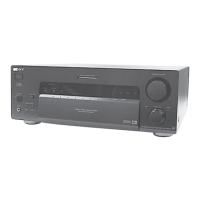What to do if Dolby Digital or DTS multi channel sound is not reproduced on my Sony STR-DB1080?
- MMr. Roberto JordanSep 4, 2025
If Dolby Digital or DTS multi-channel sound isn't being reproduced, confirm that the DVD or other media being played is recorded in Dolby Digital or DTS format. When connecting a DVD player to the digital input jacks, check the audio settings (specifically the audio output settings) of the connected component.
